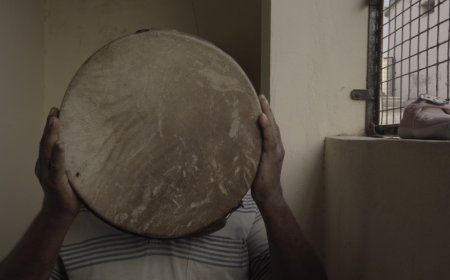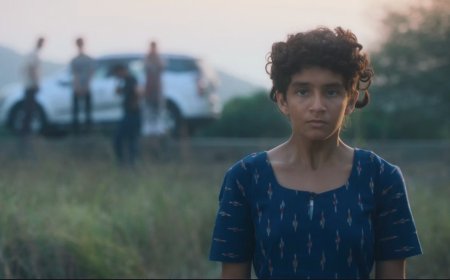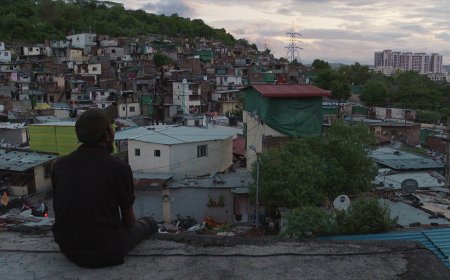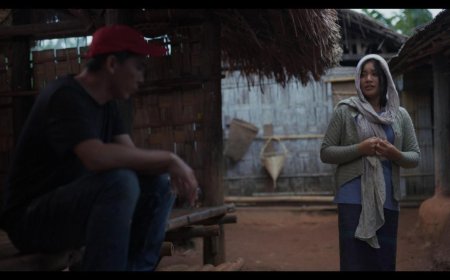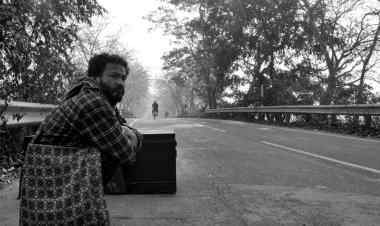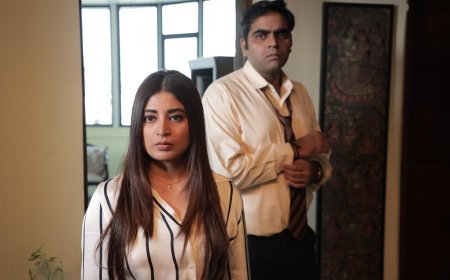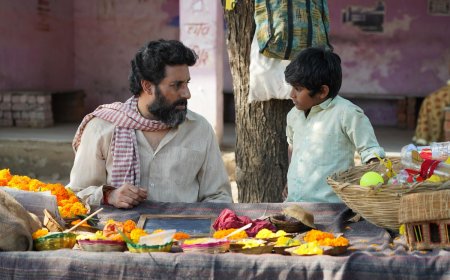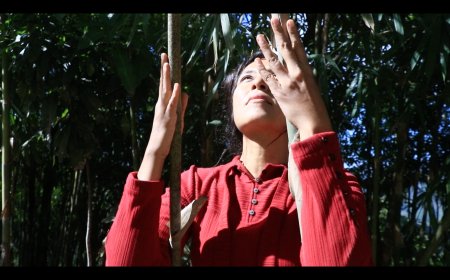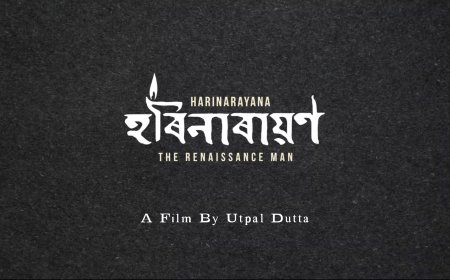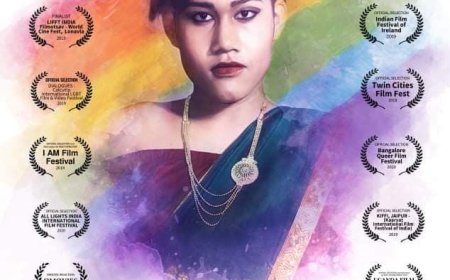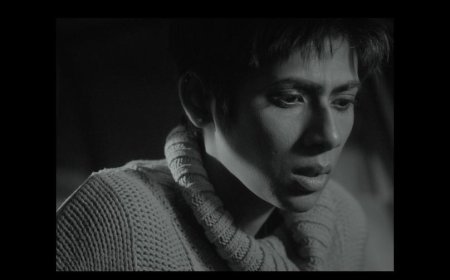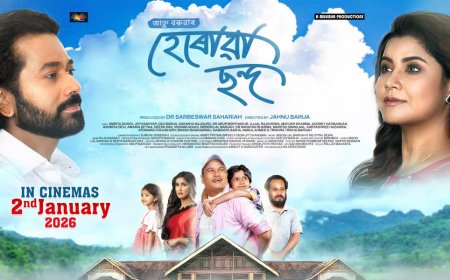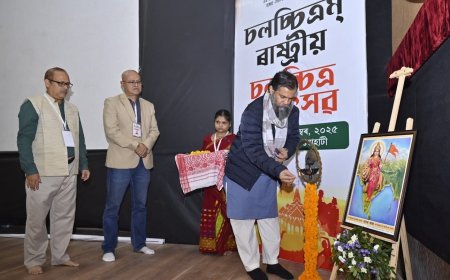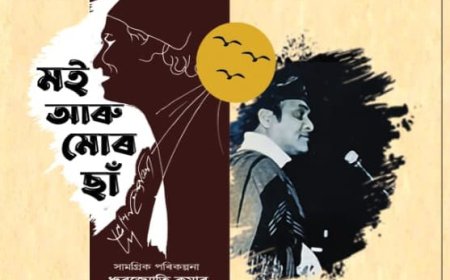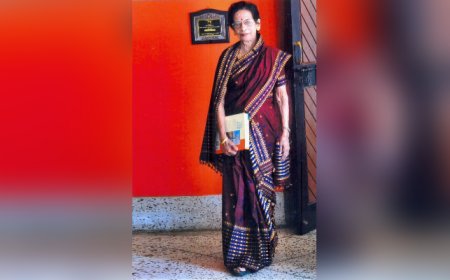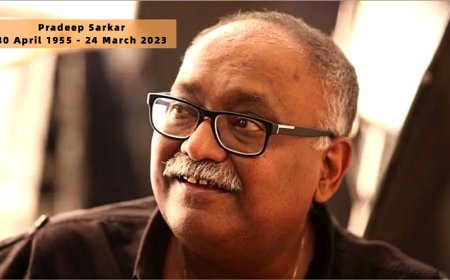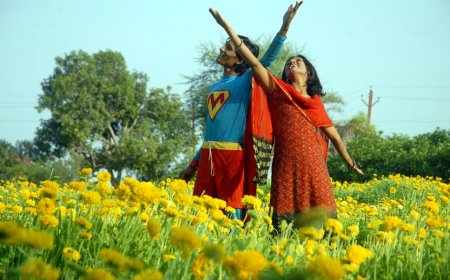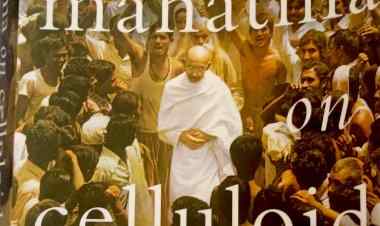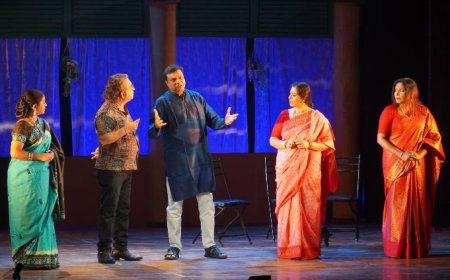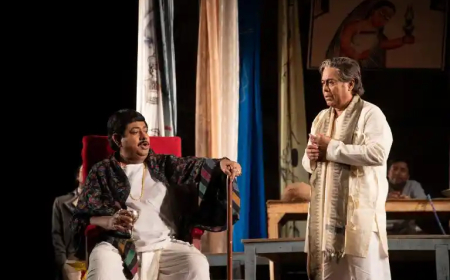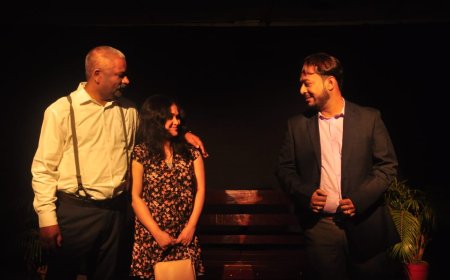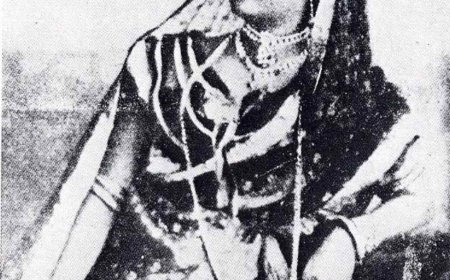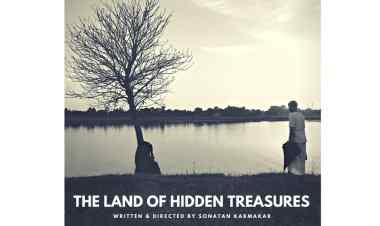Review: Jasmine That Blooms in Autumn (2025)
Dipankar Sarkar provides a comprehensive review of Chandradeep Das’s Bengali short film Jasmine That Blooms in Autumn.
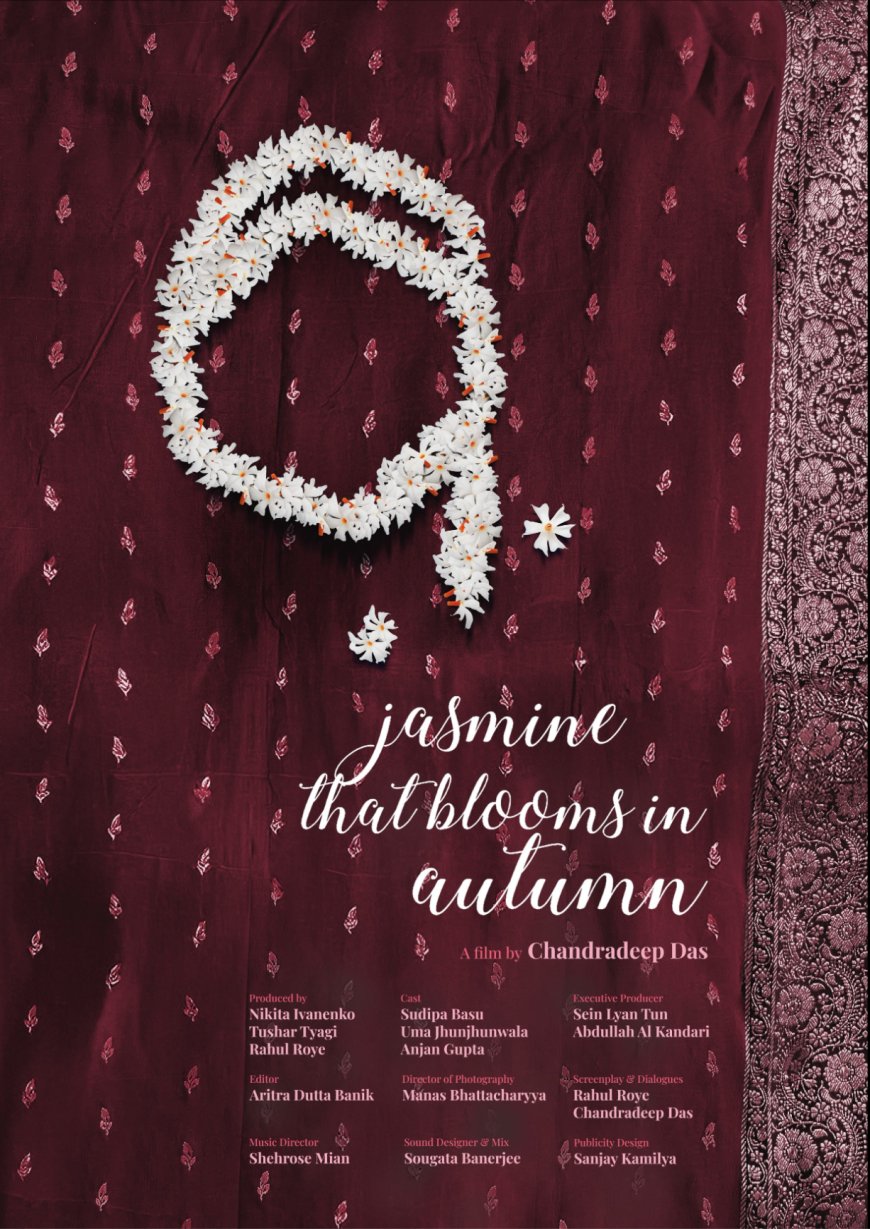
Chandradeep Das’s Bengali short film Jasmine That Blooms in Autumn is a quiet meditation on aging, identity, and connection that takes place in the quiet and modest space of an old-age home. The focus of the film rests on the experiences of two women from different cultures and how their lives, while at the same time personally and symbolically interwoven, form a soft yet strained bond. The film showcases how the smallest of actions let a woman emotionally ventilate. It fosters hope and appreciation for the dawn of each new day.
The bond between Indira and Meera is the focus of this beautiful story. Meera makes a garland for Indira. But she keeps them hidden. Although it gives her a sense of individuality she cannot yet express it in public. While, Indira's small acts of love—for instance, recording Hindi poetry, or preparing betel leaf for Meera—represents a personal and private expression of emotion. Similarly, Meera's amnesia is a blessing in disguise that allows her to strengthen her relationship with Indira.
Constrained by a patriarchal household, Indira finds her escape in small acts of yearning. Throughout her married life, she could only wear a jasmine garland. Thus, the seemingly simple yet poignant desire to wear it is not only a symbol of self-expression but also a longing for her lover, Meera. The rooms in the old-age home where the women live are partitioned with clothes as curtains. This segregation is not only the physical separation of spaces but also reflects the fractured communication between Indira and Meera, in which emotional boundaries dominate. It is a place trapped in time, a relic, surrounded by the rise of a confusing present and an unpredictable, but hopeful future.
Meera and Indira use a voice recorder as a mode of communication. The secretly kept equipment in between the duds in the old cupboard acts as a hidden sounding board through which they state their thoughts and intentions to each other. The secrecy of this clandestine relationship is beyond the control of social taboos and individual prohibitions. It is then also an expression of the psychological barriers that they face to love each other freely. The claustrophobia is inevitable. This is the only location where this relationship has a chance. Manas Bhattacharyya's cinematography expresses this with sumptuous composition, and Sougata Banerjee's sound design allows silences and stares to carry the weight of the unspoken word. The edit by Artitra Dutta Banik weaves these scenes together, the rhythm of which captures both the inner conflict of the characters as well as the gentle blossoming of their love.
Thematically, the film relies on the crossing of personal liberty and societal restraint. In tandem, the two lonely women paint a picture of tenacity and whispery defiance. Sudipa Basu and Uma Jhunjhunwala tenderly evoke these with acuteness in their performances. Standing tall with brittleness and warmth, they flesh out their tabooed relationship poignantly.
It is in the small unspoken moments where Jasmine That Blooms in Autumn, is its most powerful. How Chandradeep Das pulls this off is nothing less than a poetic exploration. The film concludes without providing any definitive solutions or dramatic expressions, but with a soft reflection on yearning and interdependence.
Jasmine That Blooms in Autumn will have its World Premiere at BFI Flare: London LGBTQIA+ Film Festival, 2025, and will also be screened at the Fribourg International Film Festival later this month.
*****
What's Your Reaction?







